Take a Closer Look at the Materials You Build With
The thousands of unique raw and composite materials that go into the construction of a building, sourced from over 100 countries, makes it seem nearly impossible to source slave-free materials. Other industries such as the garment and agricultural industries have made some progress providing transparency within their supply chains, while the construction industry has been lagging behind.
But increased awareness about the number of risky raw and composite materials, including timber and steel, rubber and brick, often used in construction, can alert developers, architects, and contractors. In addition, there are global “hot spots” that can provide the navigation to make ethical sourcing decisions. There are examples of projects around the world that have demonstrated how ethical sourcing decisions can be built into the development of slave-free specifications.
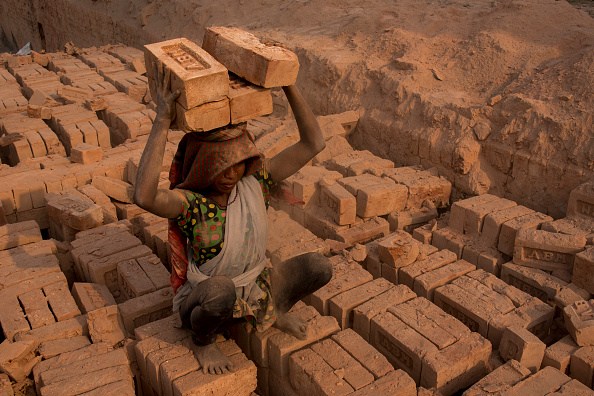
Children and adults who create bricks are often held in debt bondage and breathe hazardous dust.
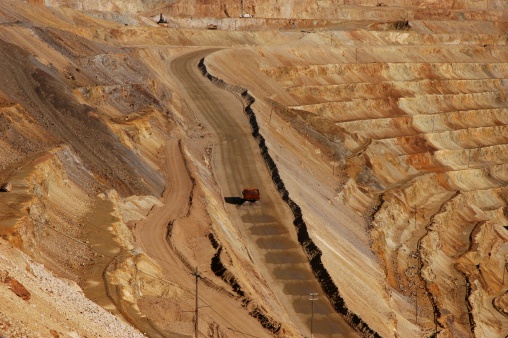
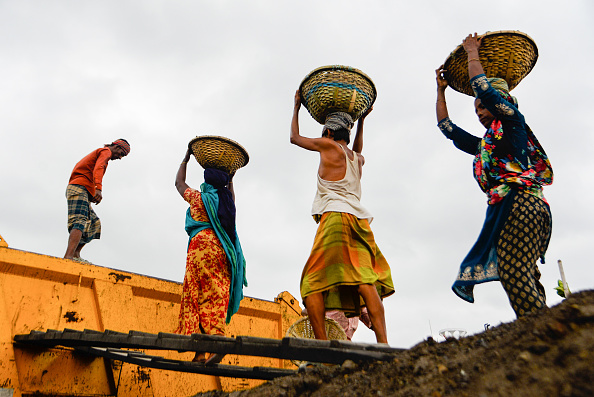
The raw material sand is used to make glass.

Stone and concrete are two of the 12 raw and composite materials at the highest risk of embedded slavery
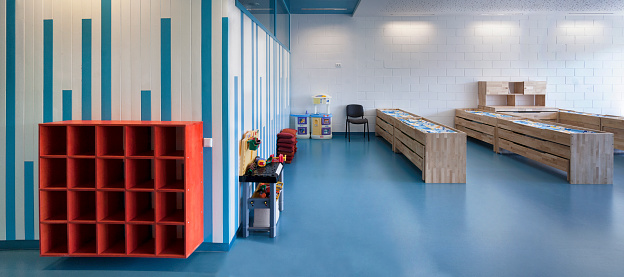
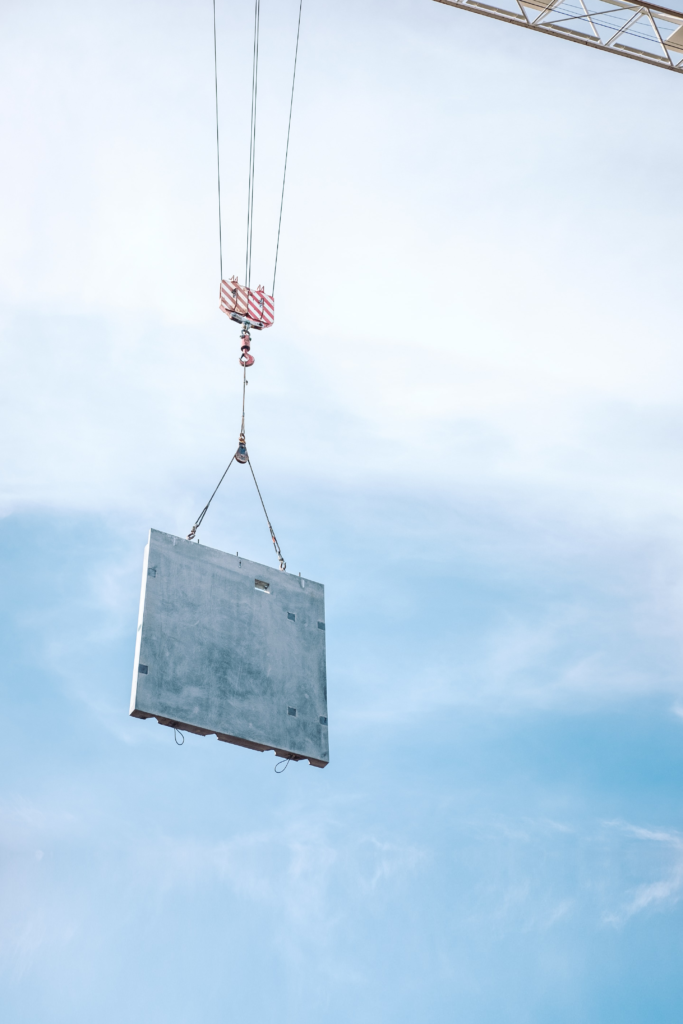
Steel’s tensile strength and low cost can have a high human cost
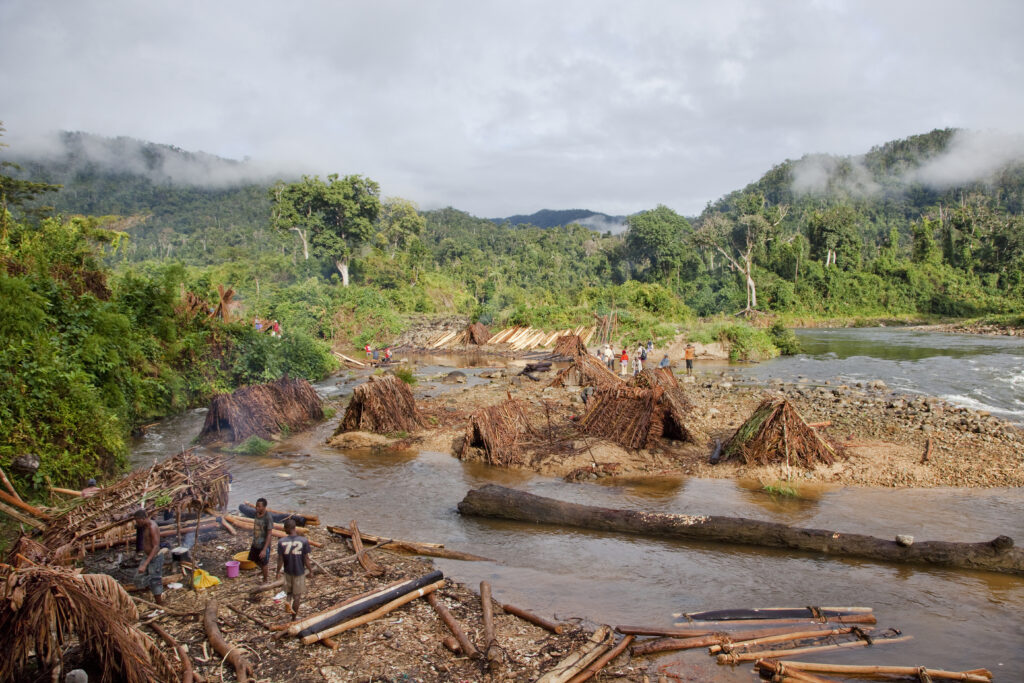
Rosewood in Madagascar.

Zinc is a ubiquitous building material in many homes, buildings and offices

Brick is one of the most used at-risk materials in construction projects around the world.
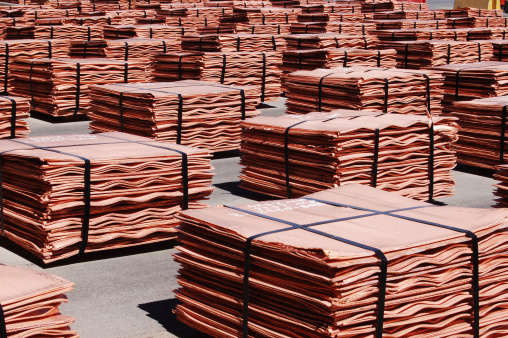
Technology may help identify material origins and how materials like copper move across the globe

Glass is used in nearly every construction project around the world.
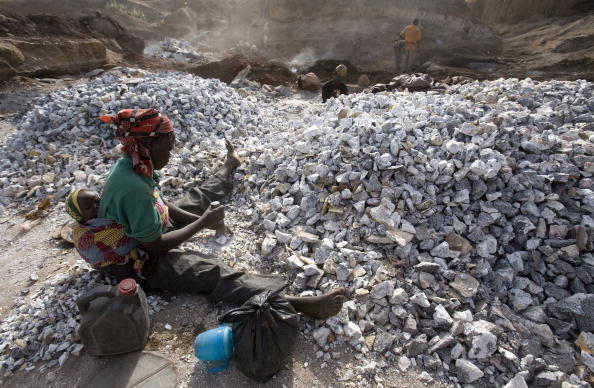
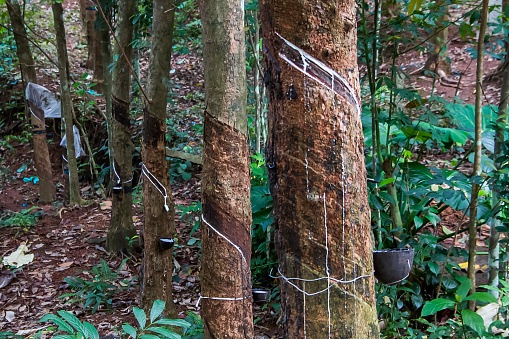
For over a century, forced labor has plagued the rubber industry.
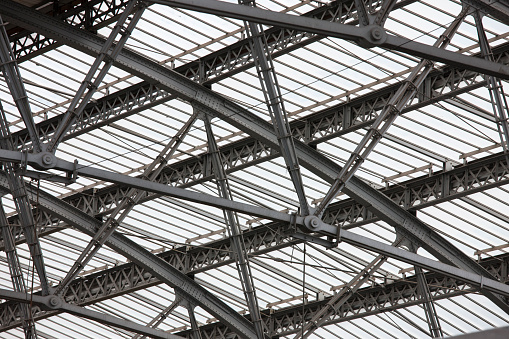
The many different parts of the steel supply chain make it at-risk for slave labor.
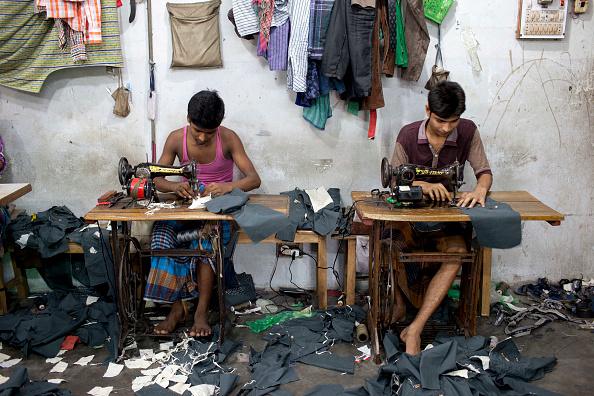
Most anti-slavery efforts have been in garment production, but materials supply chains can include slave-made textiles

Rugs, shades and furnishings and may contain cotton, silk and other materials reliant on slave labor.
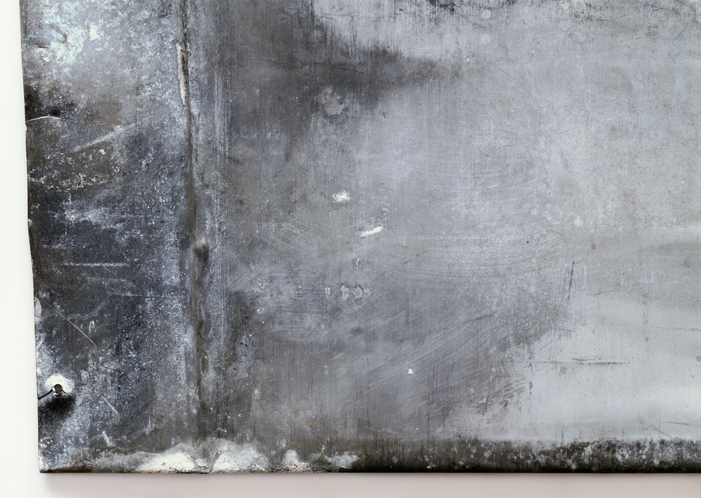
Zinc is used for rust-proofing in gutters and pipes, but is at risk for forced labor
| Tools to Identify Hotspots At Risk |
| 1. ILAB Sweat and Toil App |
| 2. Verité Forced Labor Commodity Atlas |
| 3. FRDM |
| 4. Thomson Reuters’ ONESOURCE Supply Chain Compliance tool |
| 5. Trafficking in Persons Report |
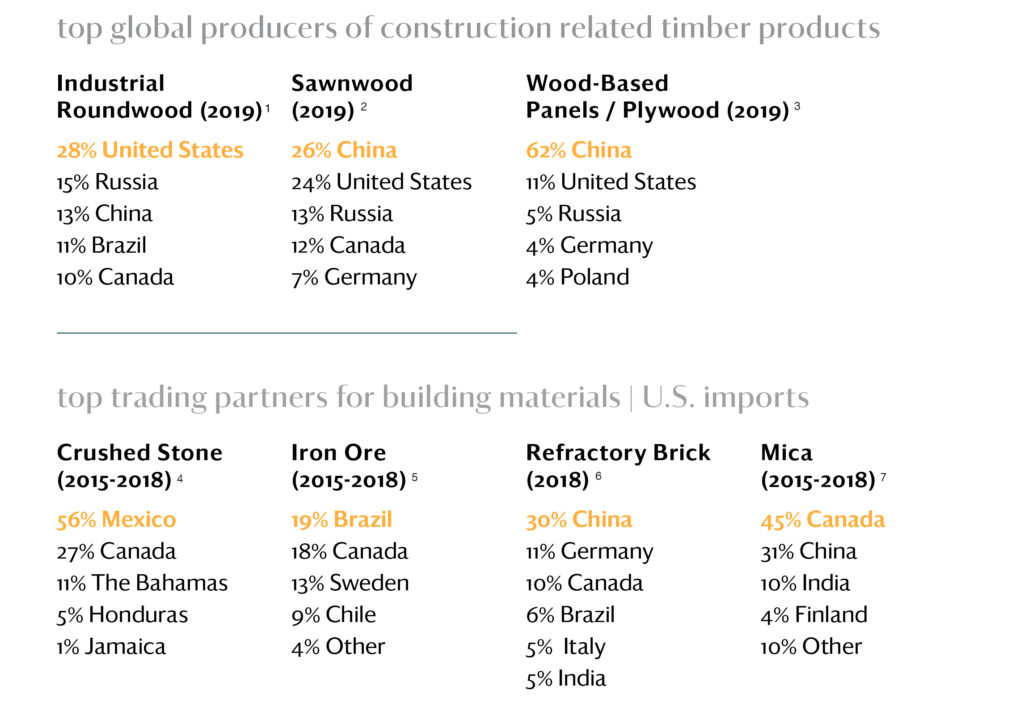
- Food and Agriculture Organization of the United Nations, FAOSTAT: Forestry Production and Trade. 2020.
- Ibid.
- Ibid.
- Mineral Commodity Summaries: Crushed Stone, United States Geological Survey, National Minerals Information Center. 2020.
- Mineral Commodity Summaries: Iron Ore, United States Geological Survey, National Minerals Information Center. 2020
- World Bank, World Integrated Trade Solution, World Bank. 2018.
- Mineral Commodity Summaries: Mica, United States Geological Survey, National Minerals Information Center. 2020.